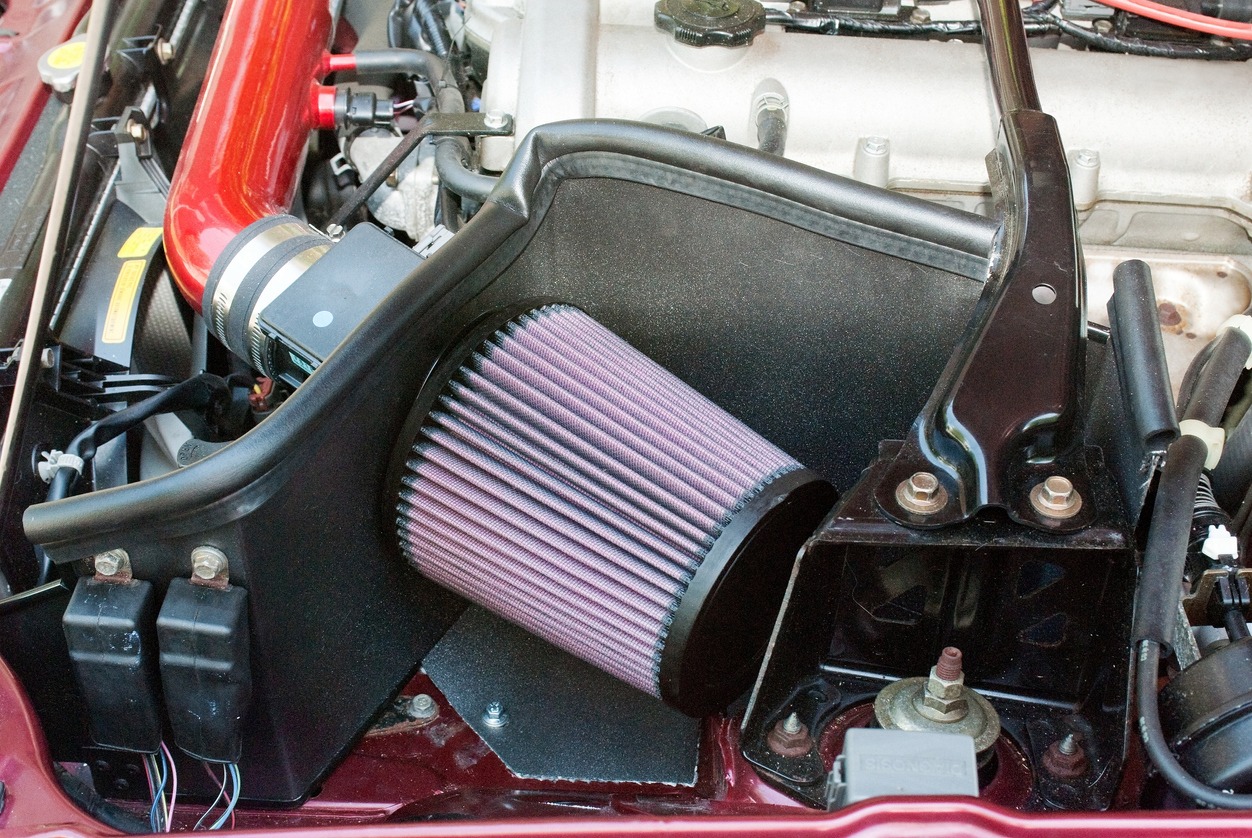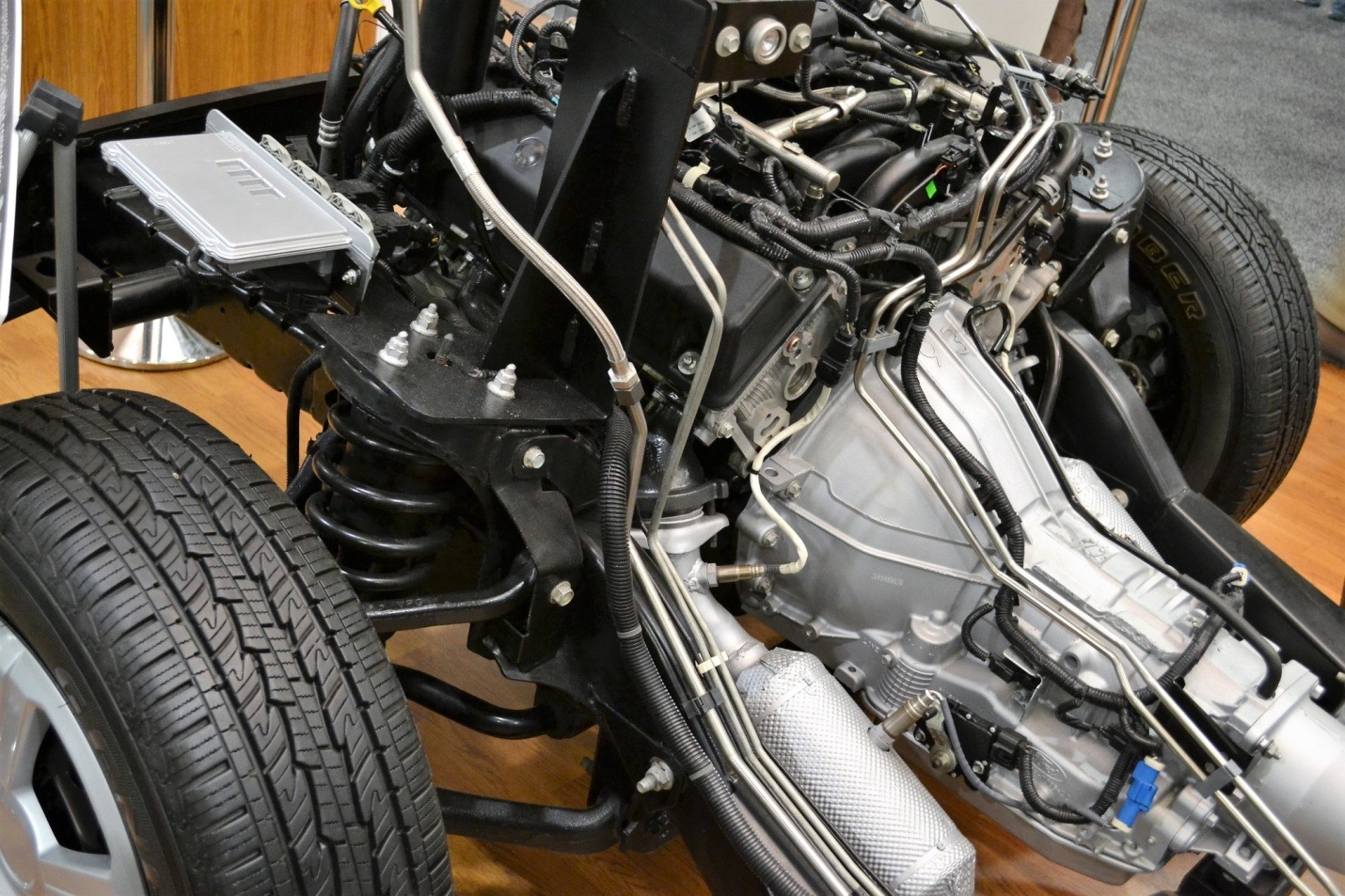For many car owners and enthusiasts, the quest for enhanced performance and efficiency is a never-ending journey. In this pursuit, the significance of the air intake system often goes unnoticed, yet it plays a fundamental role in the health and performance of your vehicle. This essential component, far from being just a peripheral part, is the very breath of your car’s engine, influencing its efficiency, power, and overall health. In this comprehensive guide, we’ll uncover the intricacies of air intakes, how they function, and the multitude of advantages they offer, elevating your driving experience to new heights.
The air intake system, a crucial part of your car’s engine, serves as the lungs through which your vehicle breathes. It’s responsible for delivering air to the engine’s combustion chamber, where it’s mixed with fuel to produce the energy that powers your car. The efficiency of this system directly impacts the performance of your engine, making it an area of interest for those looking to optimize their vehicle’s capabilities.
From the roar of enhanced horsepower to the subtle improvements in fuel economy, the benefits of a well-designed air intake system are diverse. Whether you’re a seasoned car enthusiast or a daily commuter, understanding the role and impact of the air intake system can provide valuable insights into your vehicle’s operation and potential. Let’s dive into the world of air intakes, unraveling how they work, their key components, and the remarkable benefits they bring to your automotive experience.
Understanding Air Intake Systems
The air intake system in a car is more than just a pathway for air to enter the engine. It is a meticulously designed apparatus that ensures the right amount of air, at the right temperature, reaches your engine for optimal combustion. Here’s a more detailed look at what constitutes an air intake system and how it functions within the broader context of your vehicle’s operation.
Fundamental Components
The air intake system typically comprises several key components, each playing a crucial role in its function:
- Air Filter: This is the first line of defense against contaminants. The air filter traps dirt, dust, and debris, preventing them from entering the engine.
- Intake Manifold: This component distributes the air (or air-fuel mixture in some engines) evenly to each of the engine’s cylinders.
- Throttle Body: This part regulates the amount of air that flows into the engine. It works in response to the driver’s acceleration demands.
- Mass Airflow Sensor (MAF): Positioned right after the air filter, this sensor measures the volume and density of the air entering the engine. It ensures that the engine control unit (ECU) can adjust the fuel mix for optimal performance and efficiency.
- Air Intake Tubing: This is the conduit through which the air travels to the engine. The design and material of the tubing can impact the air flow and temperature.
How It All Works Together
When you start your car and begin to drive, the air intake system starts its job of drawing in outside air. This air first passes through the air filter, where impurities are removed. The clean air then flows through the intake manifold and throttle body. The MAF sensor gauges the air’s quantity and density, sending this data to the ECU, which then adjusts the fuel injection accordingly to maintain the optimal air-fuel ratio.
The Role of the Air Filter
The air filter’s role is pivotal. A clogged or dirty air filter can restrict air flow, reducing engine efficiency and power. Regularly replacing or cleaning the air filter is an easy yet crucial maintenance task.
The Significance of Air Temperature
The temperature of the air entering the engine can also affect performance. Cooler air is denser and contains more oxygen, which can lead to more effective combustion. This is why some performance-oriented air intake systems are designed to draw in air from outside the engine bay, where it tends to be cooler.
Aftermarket Upgrades
Many car enthusiasts choose to upgrade their air intake systems with aftermarket kits. These kits often feature design improvements over standard intakes, such as smoother tubing for better airflow, and high-performance air filters. Some even include features for drawing in cooler air, which can lead to gains in power and efficiency.
Understanding the intricacies of the air intake system offers insights into how a seemingly simple aspect of your vehicle can significantly impact its performance. It underscores the importance of regular maintenance and the potential benefits of upgrading this key system.
Advantages of an Efficient Air Intake System
Enhancing Engine Health and Reducing Pollution
A superior air intake system ensures the filtration of contaminants, allowing only clean air into your engine. This not only preserves engine health but also contributes to diminishing overall air pollution.
Augmenting Horsepower
An advanced air intake system can significantly boost your car’s horsepower. Enhanced airflow equals amplified power. Many upgraded systems are engineered to facilitate a smoother air path, minimizing turbulence and augmenting airflow. You’ll be tearing up the roads with a new air intake just like in hot race cars in the movies!
Improving Fuel Economy
An optimal air-to-fuel ratio, ensured by an efficient air intake system, leads to heightened engine efficiency. This improved efficiency translates into better fuel economy, resulting in noticeable cost savings.
Promoting Eco-Friendliness
By optimizing fuel usage and curtailing emissions, an effective air intake system plays a part in reducing your vehicle’s environmental footprint.
Elevating Car Value
Installing a high-caliber air intake system can escalate your car’s market value. It signals meticulous maintenance and an upgrade for enhanced performance.
Cost-Effectiveness
Upgrading your air intake system is relatively economical compared to other vehicle modifications but offers substantial benefits in performance and fuel efficiency.
Additional Considerations
Ease of Maintenance
An efficient air intake system is typically easier to maintain. Regular cleaning and timely replacement of the air filter can keep the system running smoothly without requiring extensive upkeep.
Compatibility and Customization
When choosing an air intake system, it’s important to select one that is compatible with your vehicle’s make and model. Some systems offer customization options for those seeking specific performance enhancements.
Final Reflections
The air intake system is a critical yet often overlooked aspect of your car’s performance. Upgrading to a high-quality system not only boosts efficiency and power but also contributes to environmental conservation. It’s a strategic, cost-effective investment that enhances your vehicle’s functionality and value. Remember, the key to a high-performing car lies not just in its engine’s power but also in the efficiency and quality of components like the air intake system.


